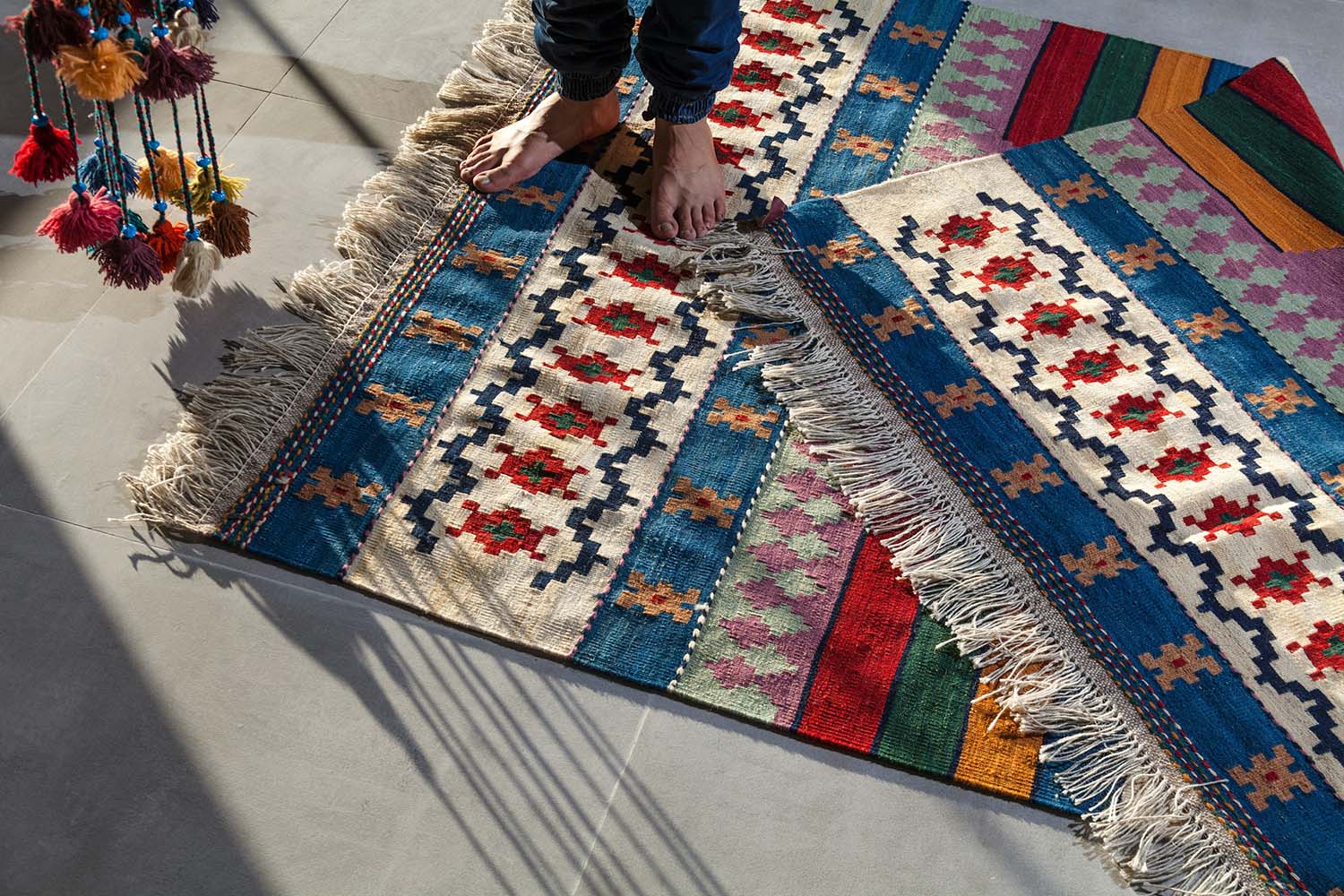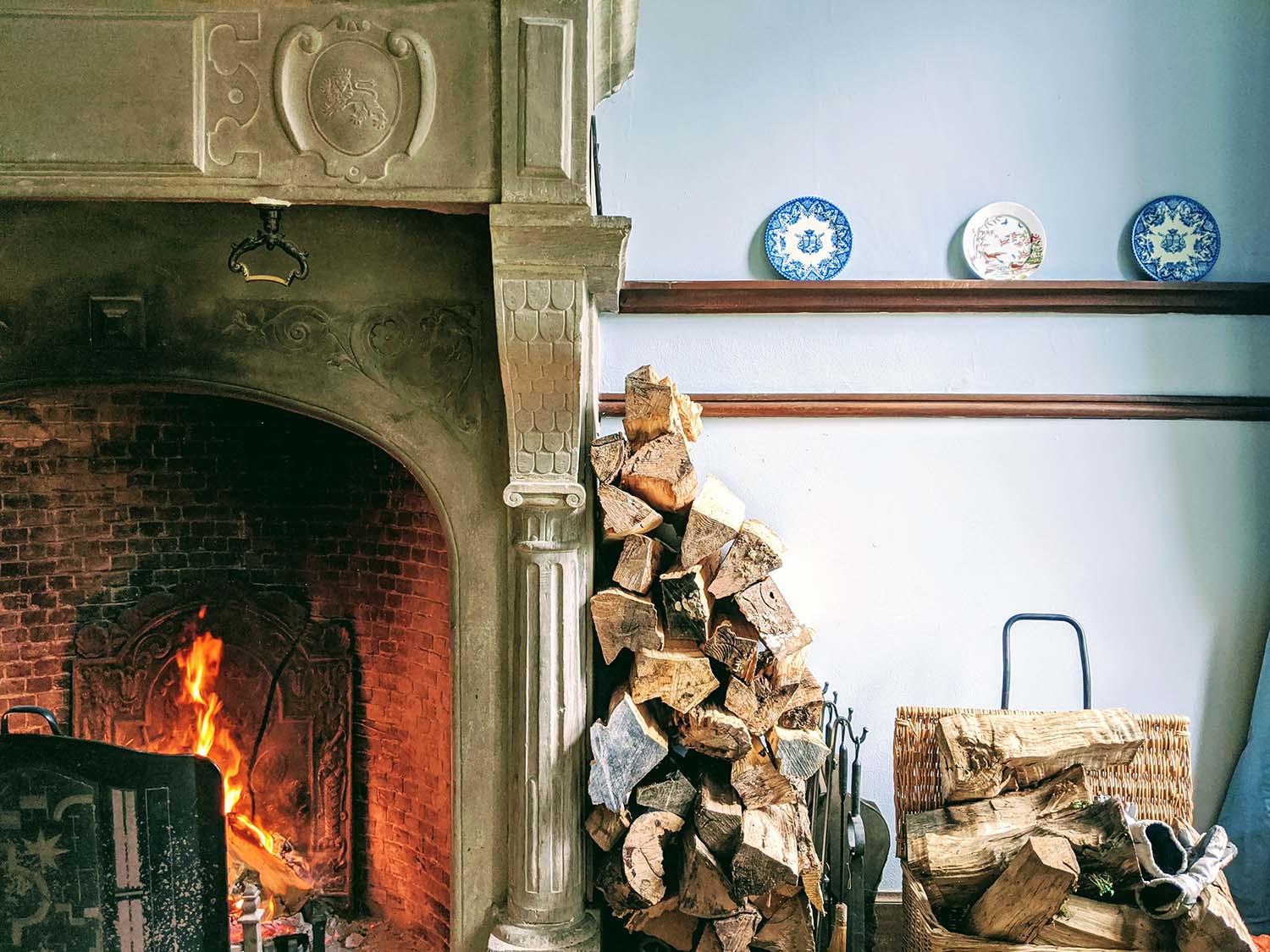We all love a cosy home. To curl up with a warm blanket and some hot cocoa in the winter. But it’s not always easy to do that when you live in a draughty old house. You might be thinking, “I can’t afford new furniture” or “It’ll take too long.” But don’t worry, we’ve got you covered.
There are plenty of quick and easy steps you can take to warm up your home without spending too much money or time at all. Check out these seven tips for making your home a cosy home now…
Consider Your Lighting
When it comes to creating a cosy home, it’s all about light. Find a lamp that casts warmth on your bedside, or create candlelit ambiance in the living room by adding dimmer switches to both the lamps and fireplace for an instant mood changer.
Consider Adding a Heat Pump
A heat pump is a device that takes advantage of the temperature differential between ambient air and hot water to generate heat. This option is great for heating your home without using electricity or gas, which means lower monthly bills.
Heat pumps will work well in areas where there are extreme weather patterns such as high summertime humidity and bitterly cold winters with snowfall. As stated at phyxter.ai/blog/how-does-a-heat-pump-work, a heat pump transfers thermal energy from one place to another by absorbing warmth from outside and releasing it indoors. This happens when its internal coils become chilled by contact with colder outdoor temperatures (below 50 degrees Fahrenheit).
As these coils warm up, they start to produce heat inside your home. The more often you run your unit, the less fuel you’ll need to power an individual room-a major benefit if you live in a region that experiences extreme weather.
The cost difference between fuel-powered and electric heating pumps is typically about $500 per year, so if you invest upfront for this appliance, it could pay off quickly.

Photo, Prudence Earl.
Consider Adding Some Indoor Plants
Adding indoor plants to your home or office can make it feel more welcoming and healthier. Cleaner air is a universal benefit for everyone in the space. When you consider plants for your home or office, start by checking out the list of top air-purifying houseplants.
Here are some ideas:
Snake plant: removes formaldehyde from indoor air and is tough enough to tolerate a range of light conditions. Least likely to need watering once every two weeks; it can be used as a tabletop centrepiece.
Ferns: these live in shady corners, so they’ll love any corner with low light (such as under a kitchen cabinet). These also remove benzene and trichloroethylene gas from the environment.
Bamboo palm: this plant has minimal water needs, making it an excellent choice if you don’t want someone on staff constantly watering plants. It’s a perfect choice for offices with high humidity levels or dry air.
Ponytail palm: this plant is relatively resistant to insects and will thrive in dimly lit areas, so it’s perfect as an office decoration that needs little attention.
Add Some Rugs
If you are looking to make your home cosy, adding rugs is a great place to start.
This will help you get that warmth and cosiness feeling and make it easier on your feet when walking around the home.
Before heading out to buy new rugs for your home, think about what colours or patterns would work best with the existing decor of your space. When you are shopping for rugs, make sure that the rug is made of a material that will be easy to clean. You don’t want to have any stains or spills on the rug if possible because it can become more challenging to maintain.

Photo, Sina Saadatmand.
Consider Your Curtains
Curtains can be a great way to bring warmth and cosiness into your home. It’s important to keep in mind the colour of your walls, as they will reflect through the curtains. If you have dark walls that create an overwhelming atmosphere, try using light-coloured curtains or textured fabrics such as linen for added texture.
A few other considerations when choosing curtains:
— Use lined sheers instead of solid fabric if it may get hot enough inside during the summer months (this will also help reduce your energy bill).
— Install drapes on windows with no screens—the top layer can remain open while the bottom layer provides privacy at night.
— If you want more coverage than just curtain panels, pair them with a valance.
— If you live in an area where curtains will be exposed to the elements, choose durable fabrics that can withstand sun and rain—such as cotton or silk (these are also good options for blackout purposes).
Hang Artwork & Mirrors
Artwork and mirrors can add a personal touch to any room. Hang them in a space and see how it brightens up the area.
— Mirrors reflect natural light and create the illusion of more space.
— Frameless artwork is a great way to showcase your favourite pieces without taking up too much wall space.
— Paintings add colour to any room. Choose colours that are calming or bold for different moods in the house.
Looking at something beautiful can help you relax even when stress levels are high, so it’s worth investing in by hanging some art on the walls.

Photo, Lucian Alexe.
Stoke the Fire
Stoking a fireplace is one of the easiest ways to make your home feel warmer and cosier. You don’t have to light a fire every time, but it’s nice when you can take advantage of an opportunity or two. When winters are cold and snowy like this year has been, keeping warm fires going helps mitigate the effects of low temperatures; especially if there’s more than just yourself in the house.
Stoking a wood stove is also another way that will help keep your cosy home feeling cosy all fall and winter long. Wood stoves usually run on wood pellets which makes them even easier to maintain as well as cheaper than most other heating methods for homes because they use less electricity. Although some models do require electricity at times, so be sure to read your manual before investing in a wood stove if you’re not sure.
Wood stoves are excellent because they can be set to burn at different temps-which also helps require less energy and fuel from the user. Wood pellet stoves are usually cheaper than using other heating sources, but some people might prefer fireplaces or gas heaters for their homes’ needs.
Get ready for the fall. It’s time to cosy up your home with these seven no-fail ways. For some, this means breaking out our sweaters and turning on the fireplace, but others might be more inclined to put a few high-wattage bulbs in their lamps or grab one of those ‘magic’ heaters. No matter what you choose, there is always something that can be done with minimal effort to make your house feel like a sanctuary from winter’s chill.








